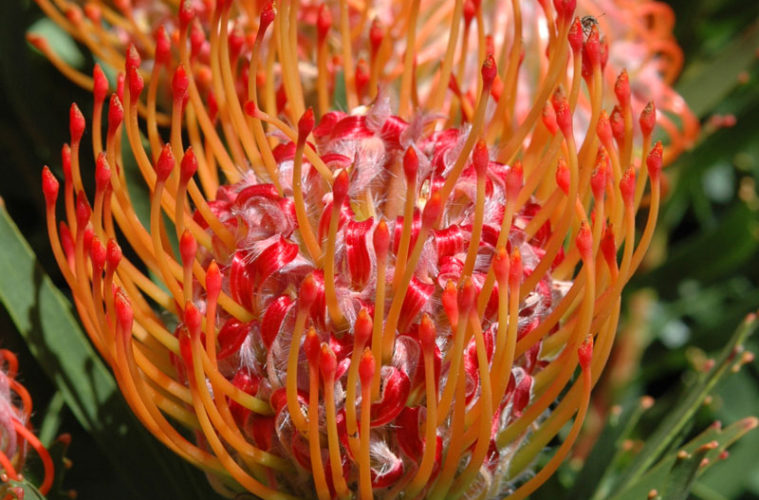Although their names sound long and complicated, indigenous leucadendrons (cone bushes) and leucospermums (pincushions) are actually simple to grow
Cone bushes are bushy shrubs, treasured for their appealing foliage, colourful floral bracts and cones, while pincushions can be small trees, shrubs or groundcovers and produce stunning, vibrantly coloured pincushion-like flower heads. Both of these low-maintenance members of the Protea family are extremely useful for adding colour and texture to your garden throughout the seasons.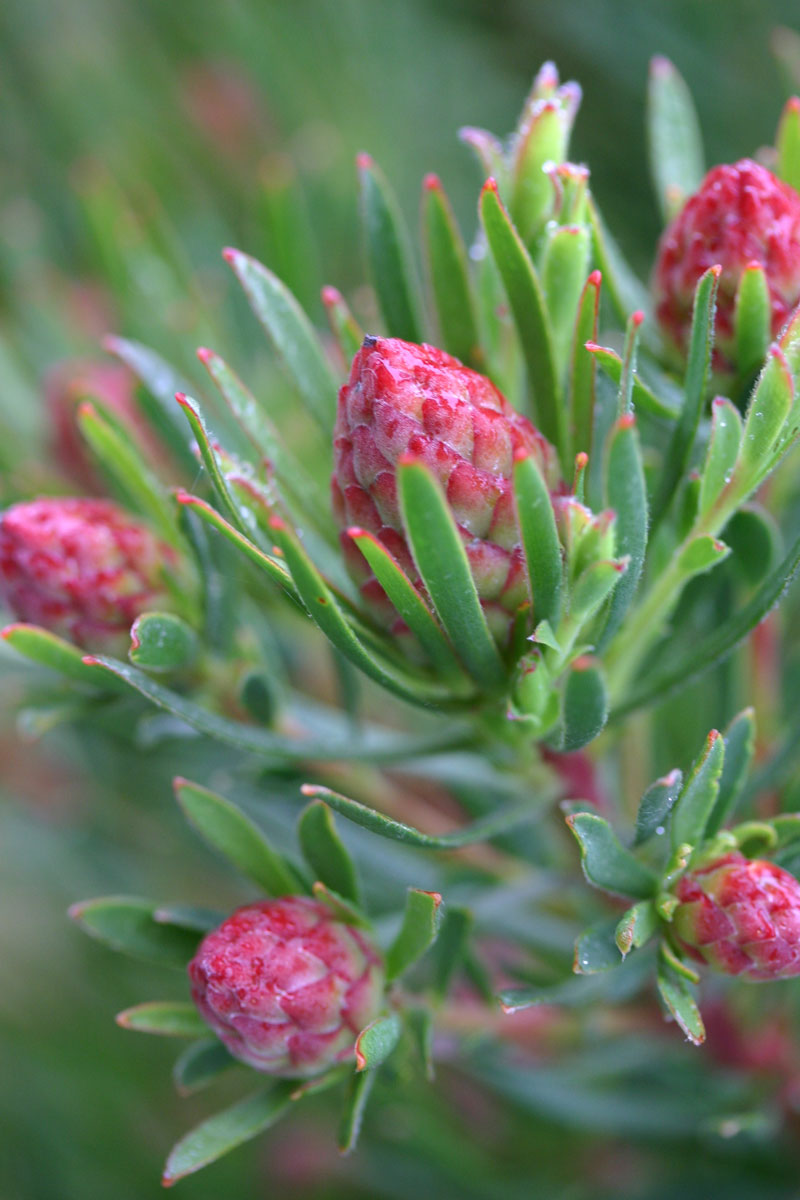
DIFFERENT VARIETIES
Although purists may stick to species (those cone bushes and pincushions that naturally grow in the wild), the selections and hybrids available at nurseries are well worth growing.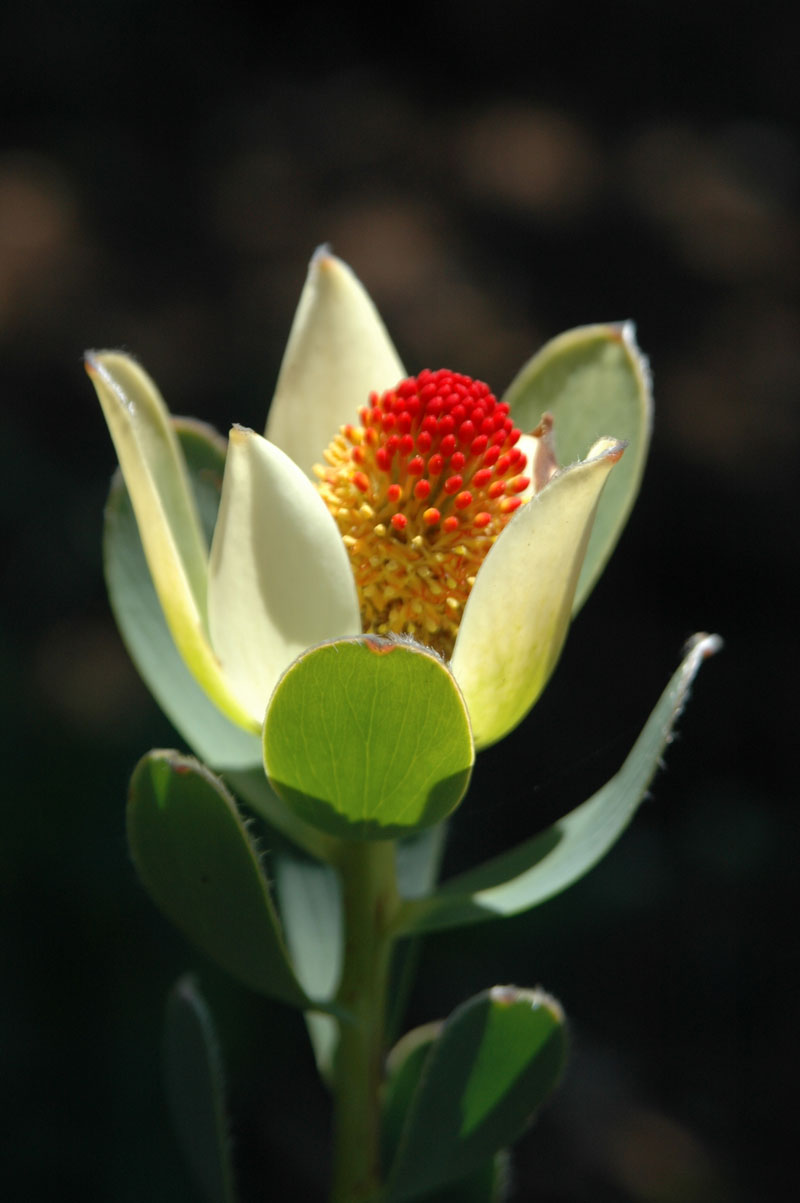
SELECTIONS are particularly good specimens of the wild species chosen and propagated for characteristics like the size, number, quality and colour of their blooms, the time and length of their flowering period, as well as their disease tolerance.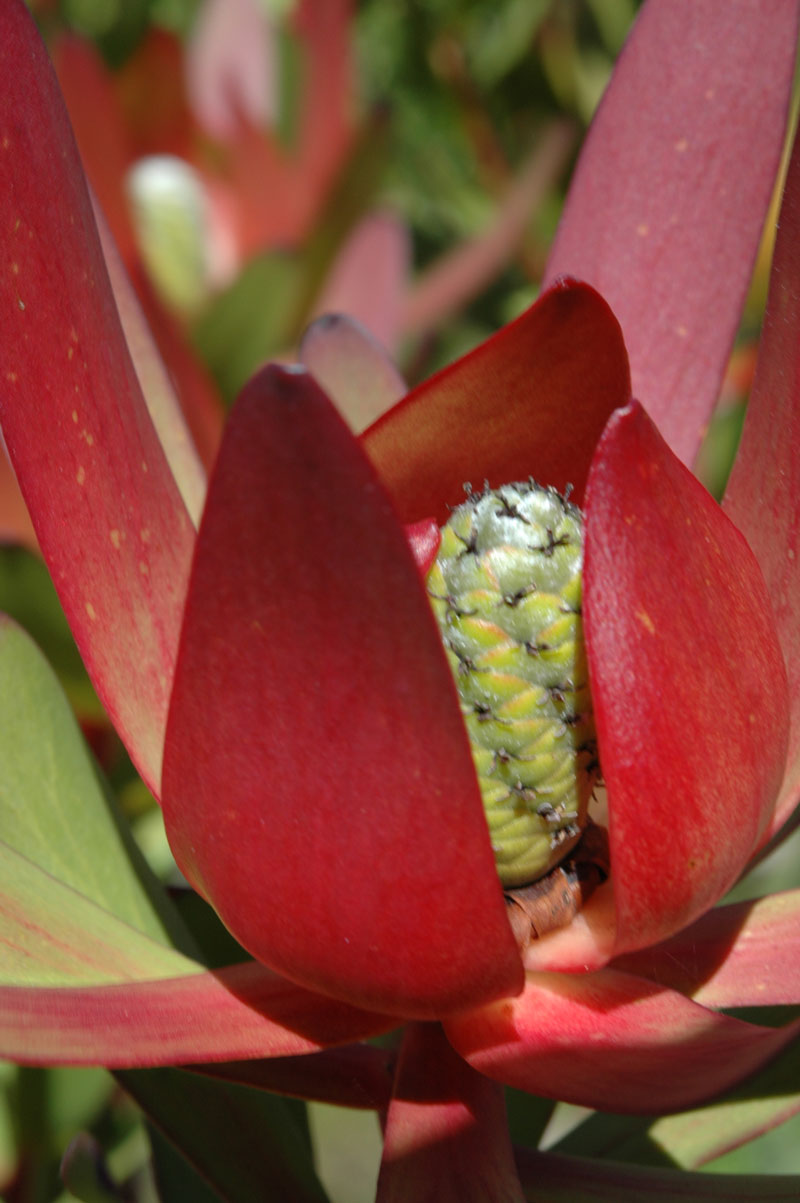
HYBRIDS have been bred by crosspollination of species to produce plants which show the most desirable traits of both parents. Some of our favourites include Lspm. ‘Jyoti’, Lcd. salignum x laureolum ‘Safari Sunset’, Lspm. lineare x glabrum ‘Tango’, Lspm. glabrum x conocarpodendron ‘Veldfire’ and Lcd. laureolum x strobilinum ‘Summer Sun’.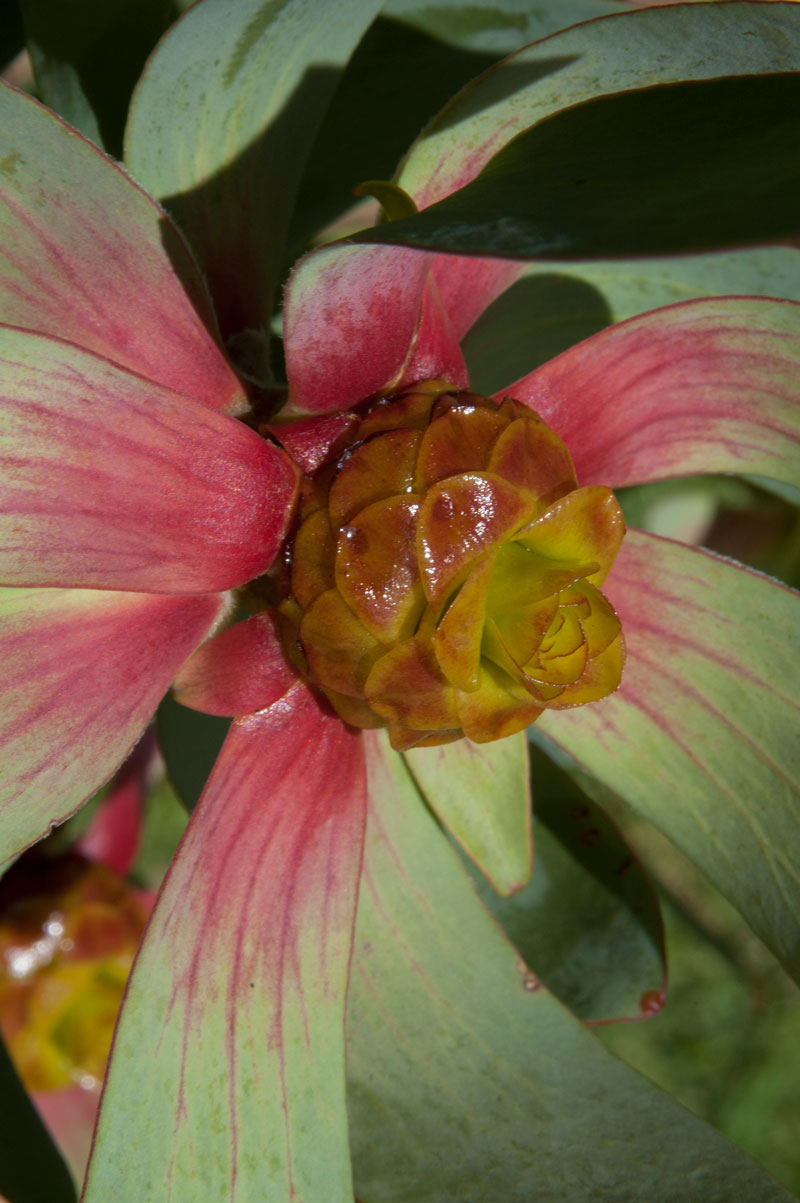
PLANTING POINTERS
As in nature, plant pincushions and cone bushes in groups of the same variety with other fynbos like restios, bulbs and fine-leafed plants. Alternatively plant them among other plants with similar cultural requirements; those from the Mediterranean regions make good bedfellows.
In the Western Cape, it’s best to plant them before the winter rains set in. In summer-rainfall areas, plant them in spring and summer so they are well settled before winter arrives. That said, you can plant them throughout the year if you water them regularly.
They need a sunny position and good air circulation; they thrive in windy conditions. They dislike the high humidity of the subtropics and at the coast, but will do well on the surrounding higher ground. Most tolerate temperatures in the 30°Cs and light frosts. If grown in semi-shade, pincushions will become leggy and won’t flower well, while the foliage colour of cone bushes will be insipid.
In the wild, cone bushes and pincushions grow in fairly diverse types of soil, which are generally nutrient-poor and low in phosphates. As a result, they do best in gardens with sandy, well-drained acidic soils (pH 5–6). Some will grow on heavier clay soils, providing the drainage is good, for example on a slope, while a few tolerate more alkaline conditions.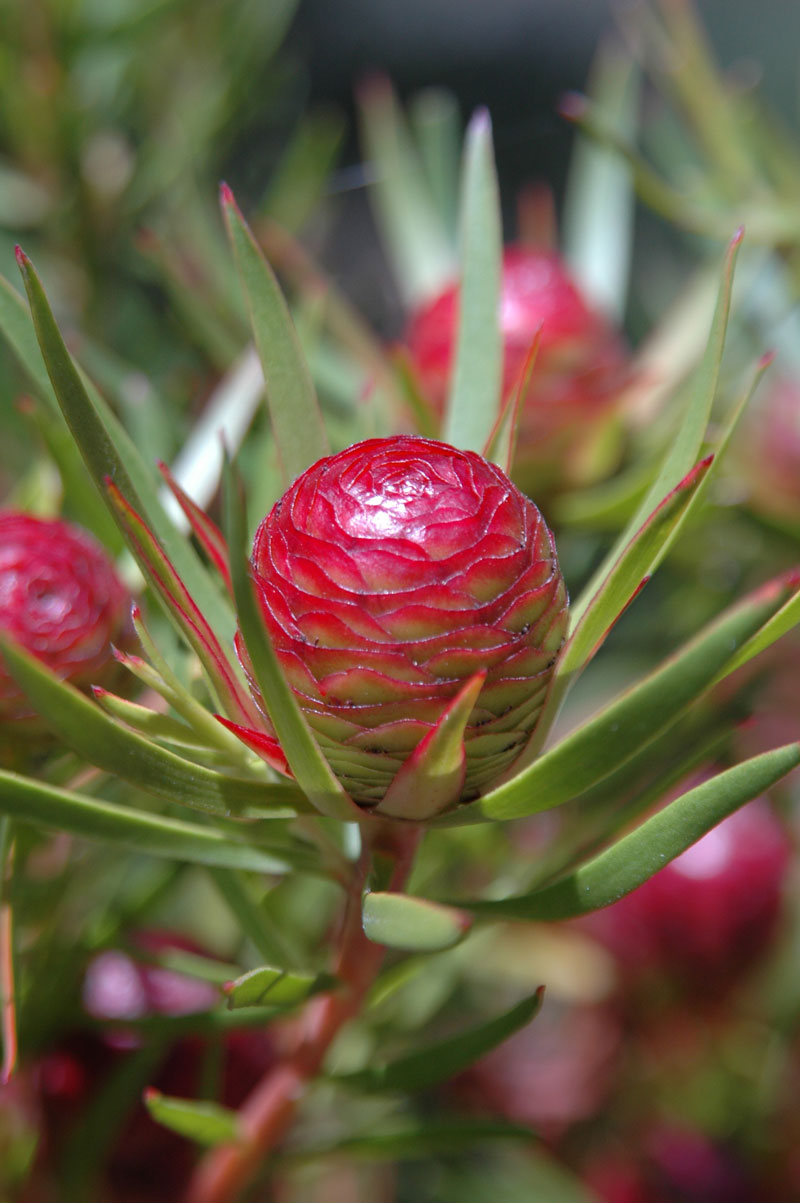
Plant them in holes twice the size of the container they came in. Then mulch them with bark, wood chips, straw, pine needles or leaves; this will help to suppress weeds, keep the roots cool and preserve moisture.
Read more about growing fynbos HERE.
Read more about pincushions HERE.

